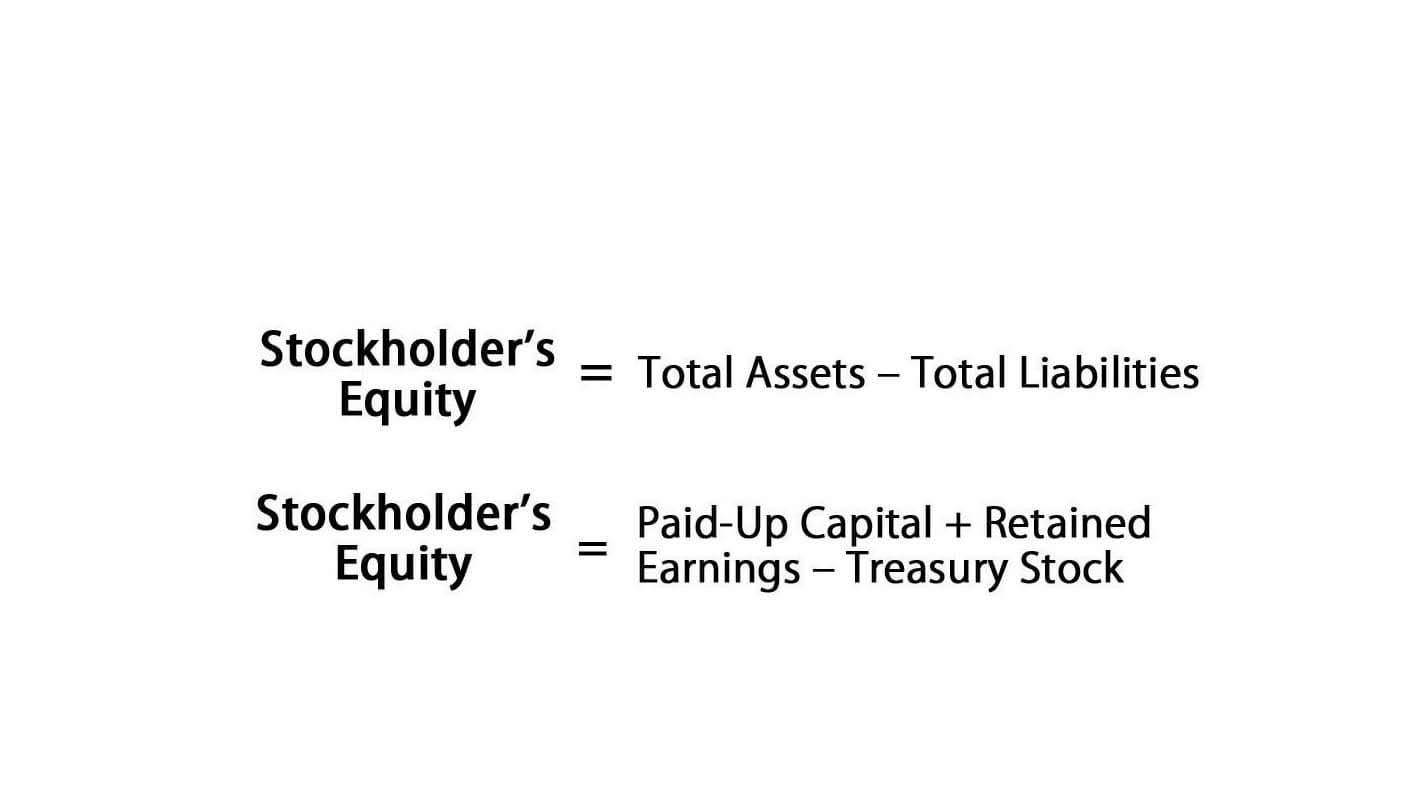
Understanding cash from financing provides insights into a company’s capital structure, financing strategies, and dividend policies. From the same balance sheets, identify the total equity balance (including common stock, retained earnings, and other equity components) at the beginning and end of the period. By analyzing cash from financing, investors and analysts can gain valuable insights into a company’s financial health and prospects. Remember – every balance sheet line item must be included in the cash flow statement. To wrap up, the cash flow from financing is the third and final section of the cash flow statement.

Myth 2: Cash from financing is the same as net income
However, interest expense is already accounted for on the income statement and affects net income, the starting line item of the cash flow statement. Debt financing comes in a variety of forms, including term loans, business advances, equipment financing, and much more. You can secure a debt financing option through banks, credit unions, online lenders, and FinTech marketplaces, like National Business Capital. The total amount will stand as your cash flow, with a positive value displaying that your business gained more in assets than it lost through repayment. Successful businesses track everything that goes into and comes out of their operations. One way that entrepreneurs will do this is through their cash flow statement—a living document that follows the cash coming into and leaving your business.
- There is no definitive answer to this question, as it depends on the specific company and industry.
- He currently researches and teaches economic sociology and the social studies of finance at the Hebrew University in Jerusalem.
- It would help to have a solid plan and targets to return to positive cash flow.
- It details the cash flow from operating, investing, and financing activities.
- Our writing and editorial staff are a team of experts holding advanced financial designations and have written for most major financial media publications.
Overview of cash flow statements

Adam Hayes, Ph.D., CFA, is a financial writer with 15+ years Wall Street experience as a derivatives trader. Besides his extensive derivative trading expertise, Adam is an expert in economics and behavioral finance. Adam received his master’s in economics from The New School for Social Research and his Ph.D. from the University of Wisconsin-Madison in sociology. He is a CFA charterholder as well as holding FINRA Series 7, 55 & 63 licenses. He currently researches and teaches economic sociology and the social studies of finance at the Hebrew University in Jerusalem.
Which Companies Are Generating High Cash Flow?
This section outlines the cash flows related to the company’s financing activities, including dividends distributed to shareholders as a return on their investment in the business. The cash flow statement is an essential financial statement for any business as it provides critical information regarding cash inflows and outflows of the company. Keep in mind that this number can be either a positive cash flow or negative cash flow, depending on whether more cash is coming in or going out. Cash flow from financing activities (CFF) is a key number to keep track of, as it can give you AND potential investors insight into how good or not-so-good your company’s financial health is. Cash flow from financing activities is the third section of an organization’s cash flow statement, outlining the inflows and outflows of cash used to fund the business for a given period. Cash flows from financing activities result from transactions with the company’s owners and creditors, like issuing and repurchasing stock, borrowing, and repaying Debt.

Discover how you can enhance cash forecasting accuracy with AI
Let us now consider an cff formula example to get more clarity on the cash flow from financing activities in a company. Cash moves from customers to a company (inflows), some of which gets diverted to employees and suppliers to sustain normal business operations (outflows). This will show potential investors that your sales of capital assets are in good standing.
Formula 1 Expands To Include New American Team For 2026 Season
For example, you might have proceeds from insurance that you didn’t account for. Get instant access to video lessons taught by experienced Accounting Periods and Methods investment bankers. Learn financial statement modeling, DCF, M&A, LBO, Comps and Excel shortcuts.
Cash Flow from Financing Activities (CFF): A Comprehensive Guide
The cash flow statement will not present the net income of a company for the accounting period as it does not include non-cash items which are considered by the income statement. In the above example, the business has net cash of $50,049 from its operating activities and $11,821 from its investing activities. It has a net outflow of cash, which amounts to $7,648 from its financing activities. Cash flow from financing activities provides investors with insight into a company’s financial strength and how well its capital structure is managed. Companies with strong financial flexibility fare better, especially when the economy experiences a downturn, by avoiding the costs of financial distress. On the other hand, a net negative cash flow from financing activities might demonstrate that the business is servicing debt (and therefore has debt).

- Cash flows are reported on a cash flow statement, which is a standard financial statement that shows a company’s cash sources and use over a specified period.
- Similarly, dividend distribution is also an agreeable cash outflow when earnings are performing well.
- It helps investors see how often a company raises capital, by how much, and from what sources.
- Interest payments are usually considered a financing activity because they are cash flows that go towards financing a company’s activities.
- In this example, the company generated $50,000 in cash from financing activities.
- The Cash Flow Statement turns out to be one of the major financial statements revealing the current state of the financial health of the particular company.
As mentioned earlier, analysts and investors look at a company’s CFF to determine its financial standing and capital structure construction. First, we add up all our cash inflows, which in this case is just the equity financing we received to the tune of $200,000. On the other hand, the Income statement, also referred to as the “profit & loss statement,” is known to focus on the overall income & expenses of the business. The cash flow statement is helpful in measuring the overall cash used or generated by the organization during a specific period.
Cash Flows From Financing (CFF)
Dividends paid out in stock aren’t included in this section of your cash flow statement because there’s technically no cash going into or out of your business during that transaction. Negative cash flow from financing can put a strain on your resources and require you to seek additional sources of funding. A negative balance isn’t always an indication of financial https://www.bookstime.com/ trouble; Some companies intentionally operate with negative cash flow from financing activities to invest in their future growth.